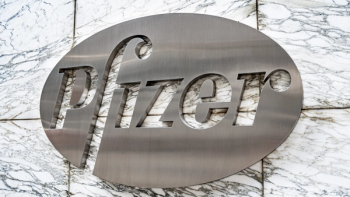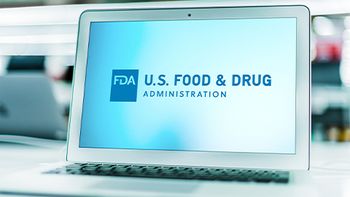
Biopharma company now required to seek approval before attempting further buyouts.

Biopharma company now required to seek approval before attempting further buyouts.

Attendees meet to discuss operational issues related to traceability implementation.

Session offers information on industry readiness, plus an overview of a phase implementation recommendation.

Pharma Commerce provides a summary of conference breakout session.

Delay to allow agency to consider other ways of solving the issue, filing says.

Illinois Governor JB Pritzker signed into a law a bill prohibiting PBM retaliation against pharmacists who disclose information during government proceedings.

In the midst of providing DSCSA support, the SaaS provider is awarded for being a fast-growing, private US company.

Company will focus on its managed access services.

Offering provides assistance through the post-approval lifecycle of drugs.

Pharma Commerce team attends DIA's Annual Meeting for the first time.

Company is seeking monetary damages from the alleged violation.

How the ‘fight-for-the-dollar’ is coming and likely will impact the bundled pricing of industry stakeholders.

Agency claims union would threaten a monopoly on programmatic advertising space.

Micah Litow, Kalderos’ president and COO, discusses the importance of identifying and resolving noncompliant discount requests, along with addressing the gross-to-net gap for drug manufacturers.

The legislation’s deadline for compliance is knocking on the door. Pharma Commerce offers a synopsis of how the Drug Supply Chain Security Act has progressed over the past decade.

Forces pharma giant to hand over marketing communications with Meta.

Pharma company claims that the IRA’s drug pricing clauses violate the First and Fifth Amendments.

New PC column explores commercialization trends and how pharma can adjust to the new squeeze of market, regulatory, pricing, and gross-to-net pressures.

Latest Q4 2022 results show some progress, but 100% readiness by November looks doubtful.

New federal law introduces significant changes in the design of pharmacy benefit plans with aims to level the playing field between PBMs and their employee healthcare benefit plan clients.

“Deep learning” IT tools were used to calculate sales volumes and drug class.

Innovation and investment in advancing lifesaving therapies for pediatric patients to the commercial stage remains a daunting task, but rapid advances today in modeling and simulation are reducing the hurdles for drugmakers.

As a November deadline looms for industry compliance with an interoperable system for product tracing, there is more urgency in the US pharma supply chain.

Senate committee report highlights a lack of visibility in API suppliers.

Industry is still scrambling to handle clerical errors of DSCSA transactions.